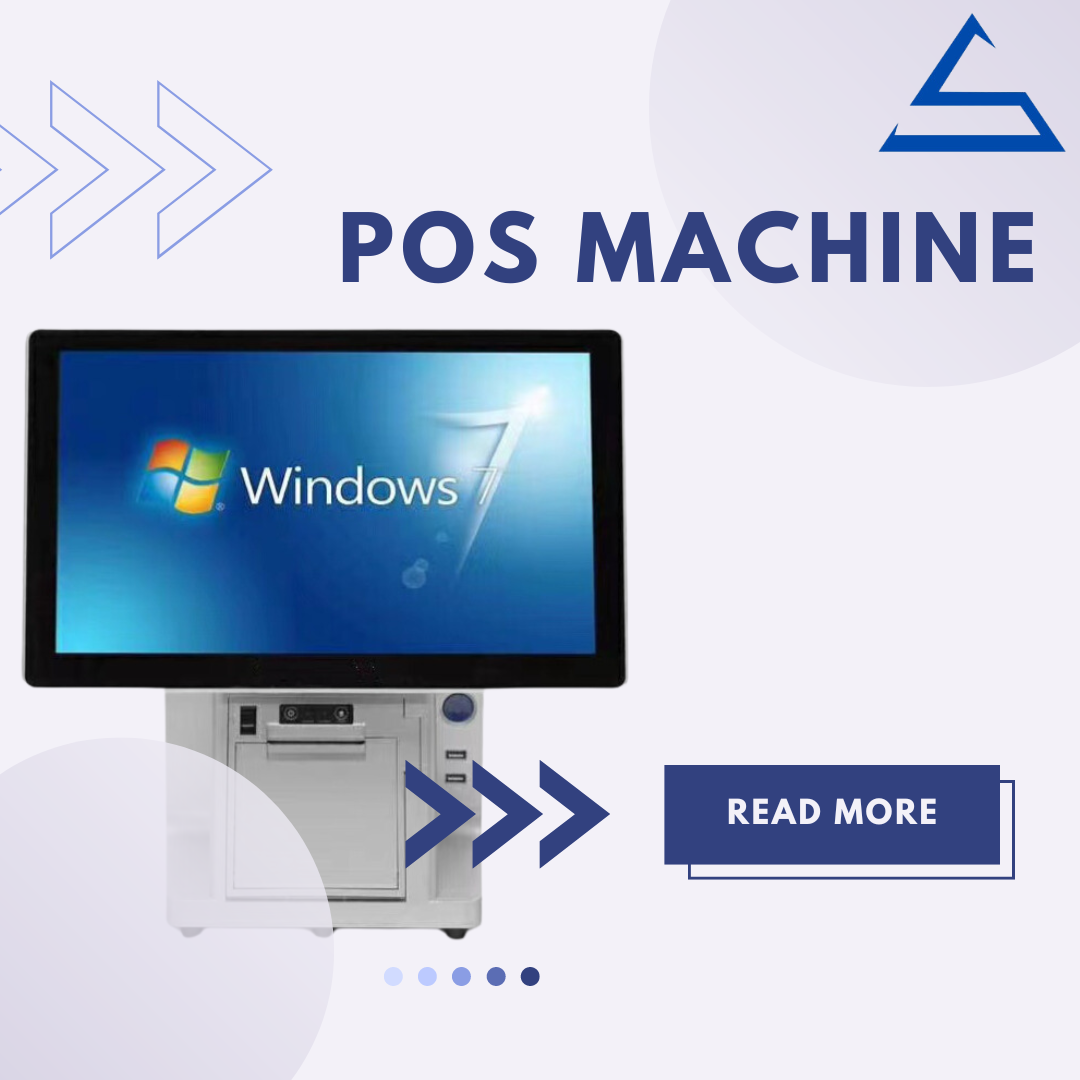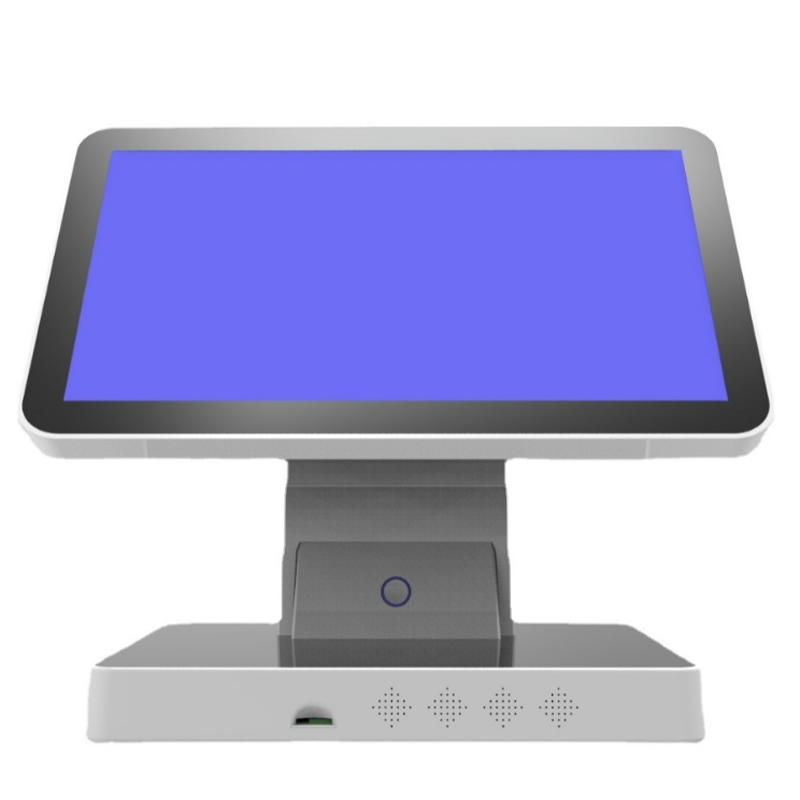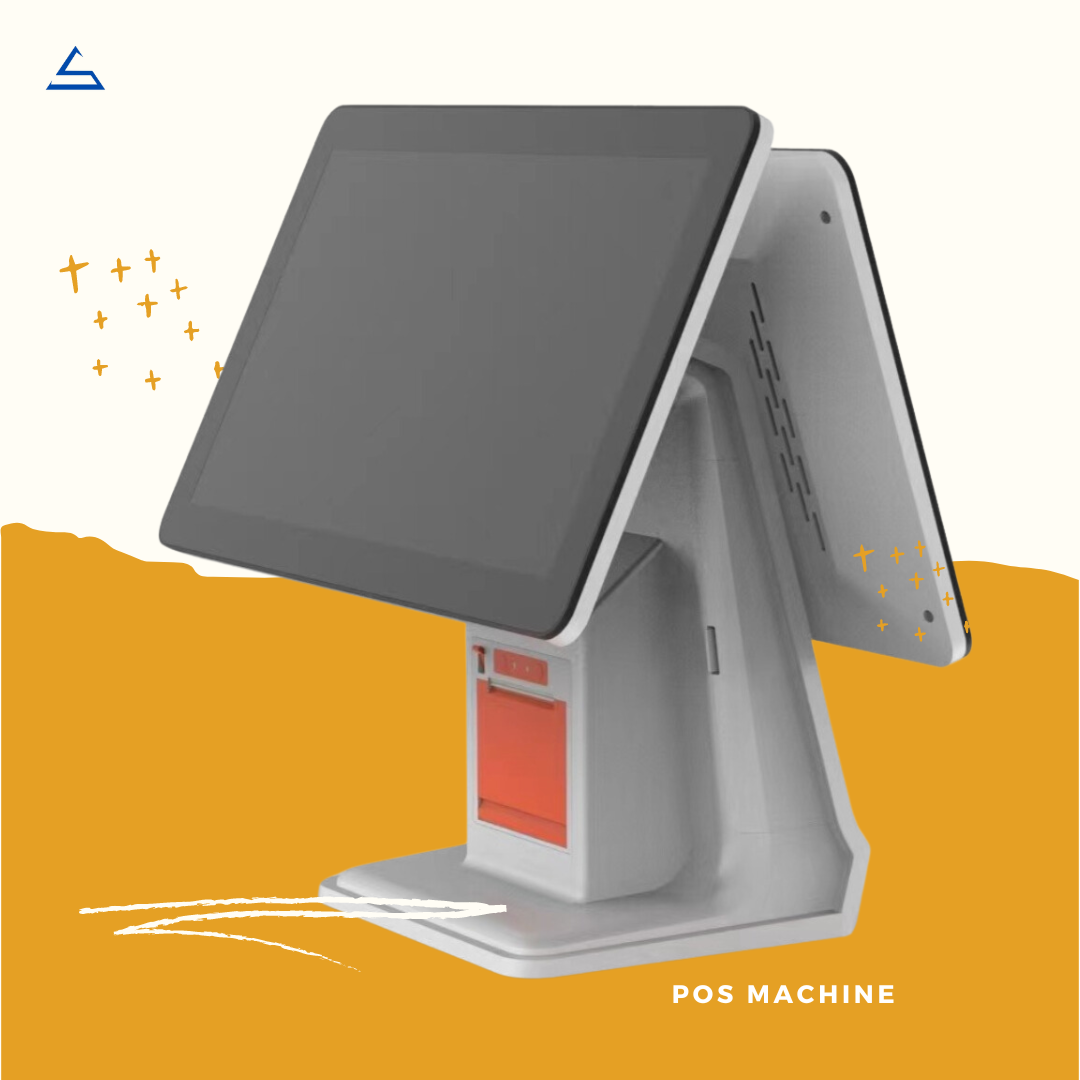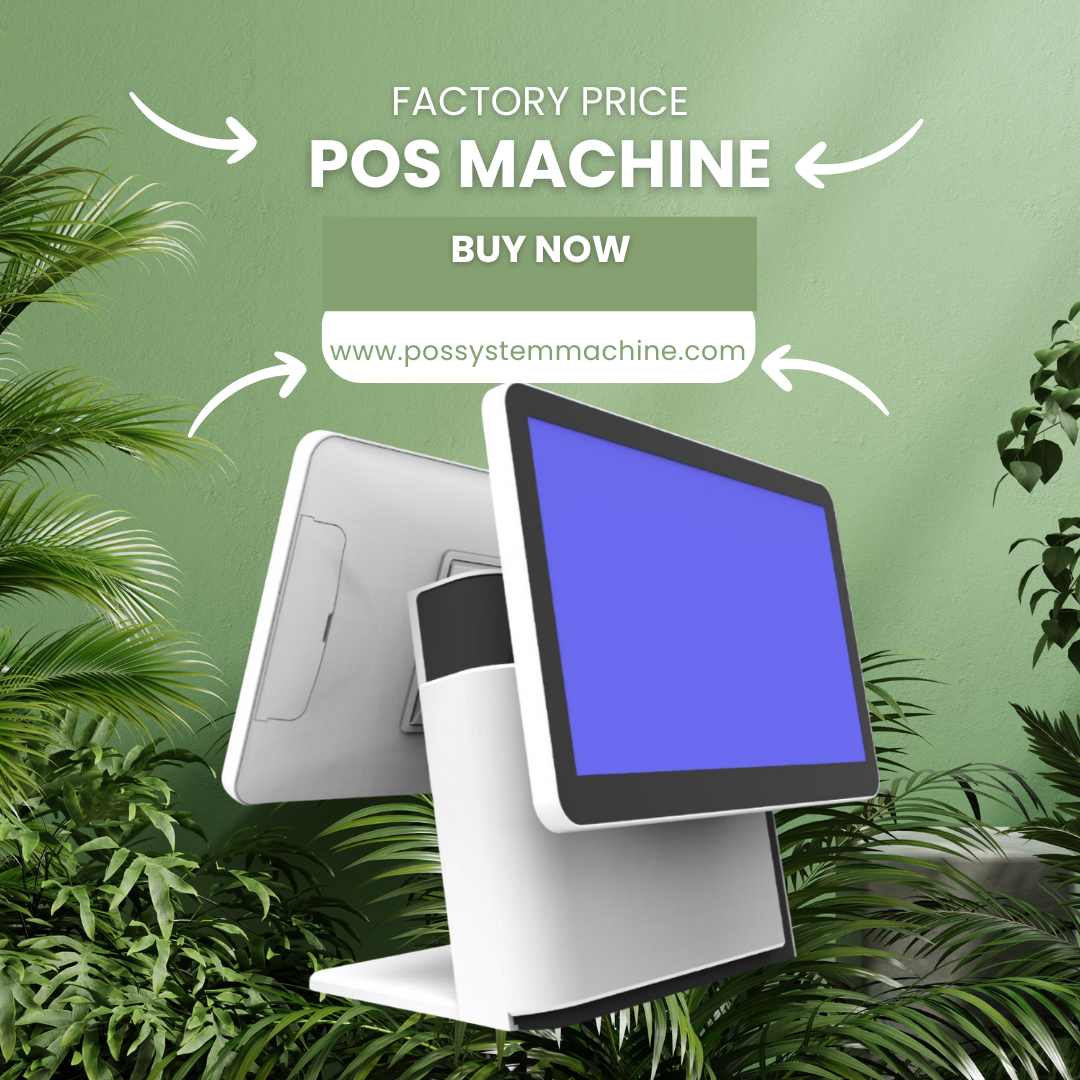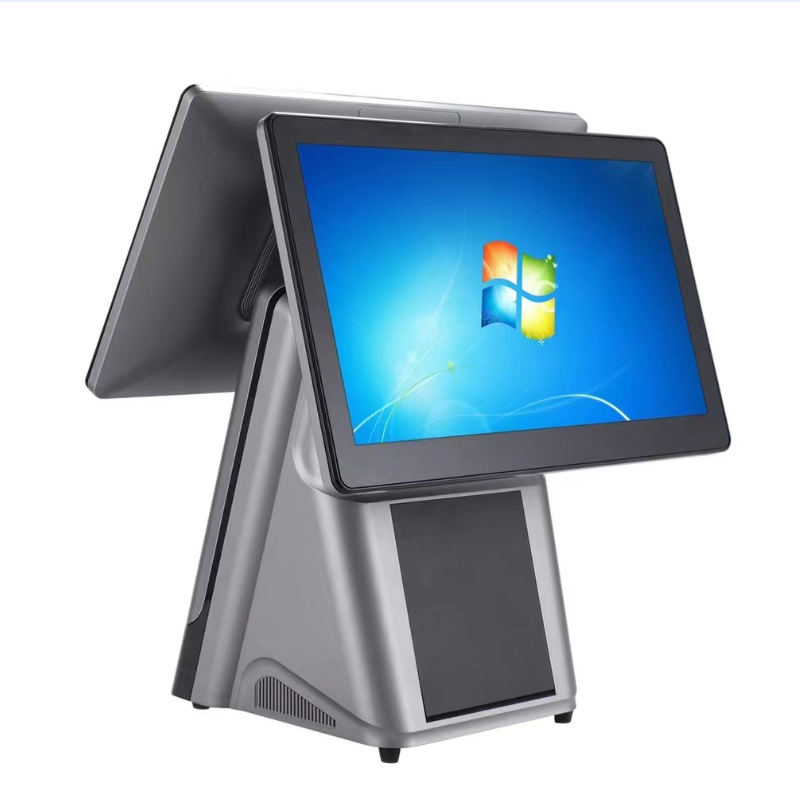how pos system works
Table of Contents
Summary
A Point of Sale (POS) system is the beating heart of modern retail and hospitality businesses. But have you ever wondered how these sophisticated systems actually work? In this comprehensive guide, we’ll demystify the inner workings of POS systems, exploring their components, benefits, and the technology that powers them. Whether you’re a business owner looking to upgrade your payment processing or simply curious about the tech behind your everyday transactions, this article will provide valuable insights into the world of POS systems.
What Exactly is a POS System?
A Point of Sale (POS) system is more than just a fancy cash register. It’s a comprehensive solution that combines hardware and software to streamline sales transactions, inventory management, and customer data collection. But how does it all come together?
The Core Components of a POS System: Hardware and Software
At its heart, a POS system consists of two main elements:
- Hardware: This includes the physical devices used to process transactions, such as:
- Cash drawer
- Barcode scanner
- Receipt printer
- Card reader
- Touchscreen monitor
- Software: The brain of the operation, POS software manages:
- Sales transactions
- Inventory tracking
- Customer data
- Reporting and analytics
These components work in harmony to create a seamless checkout experience for both customers and staff.
How Does a POS System Process Transactions?
Let’s walk through a typical transaction to understand how a POS system works:
- The cashier scans items or enters them manually into the system.
- The POS software calculates the total, including taxes and discounts.
- The customer chooses a payment method (cash, card, or digital wallet).
- For card payments, the POS terminal securely processes the transaction.
- The system updates inventory levels in real-time.
- A receipt is printed or emailed to the customer.
- The transaction data is stored for reporting and analysis.
This process happens in seconds, thanks to the efficient integration of hardware and software components.
What Are the Benefits of Using a POS System?
Implementing a POS system can revolutionize your business operations. Here are some key advantages:
- Improved Efficiency: Streamlined checkout process reduces wait times and human error.
- Better Inventory Management: Real-time tracking helps prevent stockouts and overstock situations.
- Enhanced Customer Experience: Quick transactions and personalized service build customer loyalty.
- Data-Driven Decisions: Detailed reports provide insights for informed business strategies.
- Simplified Accounting: Integration with accounting software reduces manual data entry and errors.
“A good POS system is like having an extra employee who never sleeps, never makes mistakes, and always knows exactly what’s happening in your business.” – Retail Expert
How Much Does a POS System Cost?
The cost of a POS system can vary widely depending on your business needs. Factors that influence pricing include:
- Number of terminals required
- Features and capabilities of the software
- Hardware components needed
- Integration with existing systems
- Ongoing support and maintenance
While initial costs can range from a few hundred to several thousand dollars, many businesses find that the long-term benefits far outweigh the investment.
Cloud-Based vs. On-Premise POS: Which is Right for You?
Modern POS systems generally fall into two categories:
- Cloud-Based POS:
- Data stored on remote servers
- Accessible from anywhere with internet connection
- Regular updates and lower upfront costs
- Ideal for businesses with multiple locations
- On-Premise POS:
- Data stored on local servers
- Works without internet connection
- More control over data and customization
- Higher upfront costs but potentially lower long-term expenses
The choice between these two options depends on your business’s specific needs and infrastructure.
How to Choose the Right POS System for Your Business?
Selecting the perfect POS system can be daunting. Here are some factors to consider:
- Business Type: Retail, restaurant, or service-based?
- Size and Growth Plans: Will the system scale with your business?
- Feature Requirements: What specific functionalities do you need?
- Budget: Consider both upfront and ongoing costs.
- Integration Capabilities: Does it work with your existing tools and software?
- User-Friendliness: How easy is it for staff to learn and use?
- Support and Training: What level of assistance does the provider offer?
Take time to research and compare different options before making a decision.
What Are Some Common POS System Integrations?
A robust POS system should integrate seamlessly with other business tools. Popular integrations include:
- Accounting software (e.g., QuickBooks, Xero)
- E-commerce platforms
- Customer Relationship Management (CRM) systems
- Employee management and scheduling tools
- Marketing and loyalty programs
These integrations create a cohesive ecosystem that enhances overall business efficiency.
How Does POS Technology Impact Customer Experience?
POS systems don’t just benefit businesses; they also enhance the customer experience in several ways:
- Faster checkout times
- More accurate orders and billing
- Personalized promotions based on purchase history
- Multiple payment options (cash, card, mobile payments)
- Digital receipts for easier record-keeping
By improving these aspects of the shopping experience, POS systems can significantly boost customer satisfaction and loyalty.
What Security Measures Do POS Systems Implement?
With the rise of data breaches and cyber attacks, security is a top concern for any business handling sensitive customer information. Modern POS systems incorporate several security features:
- End-to-end encryption for payment data
- PCI DSS compliance
- User authentication and access controls
- Regular software updates to patch vulnerabilities
- Fraud detection algorithms
These measures help protect both businesses and customers from potential security threats.
The Future of POS Systems: What’s Next?
As technology continues to evolve, so do POS systems. Here are some trends shaping the future of point of sale technology:
- Mobile POS: Tablets and smartphones as portable checkout devices
- Contactless Payments: Growing adoption of NFC and QR code payments
- AI and Machine Learning: Predictive analytics for inventory and customer behavior
- IoT Integration: Connected devices for smarter retail environments
- Biometric Authentication: Fingerprint or facial recognition for secure payments
These advancements promise to make POS systems even more powerful and user-friendly in the coming years.
Tags
Product
Blog
Contact Us
Related Products
Frequently asked questions about wood box manufacutring


